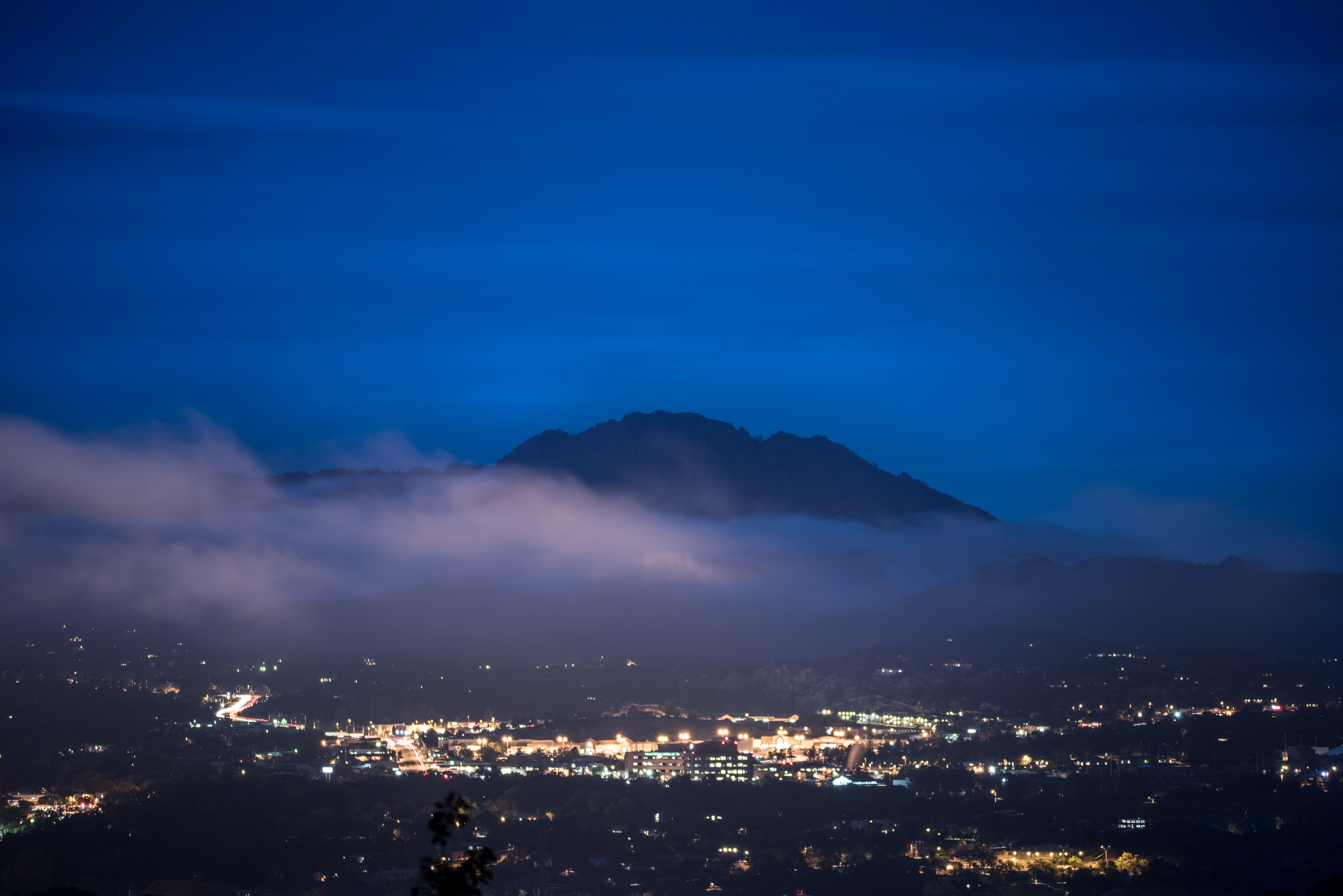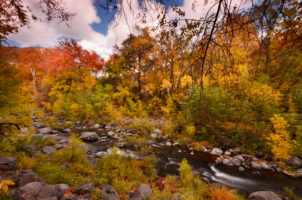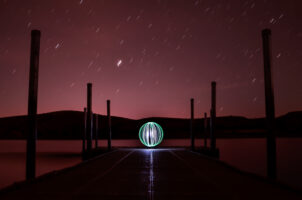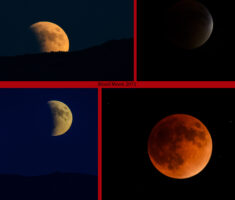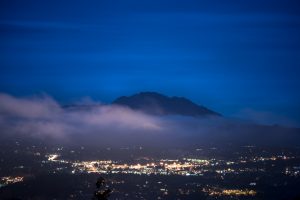
Turn off that VR!
Photographing fog is one of the most difficult subjects. It is somewhat predictable as it often comes after a rain that leaves everything moist then after a cold night when the sun starts warming the ground you get fog. Fog can also be created over bodies of water when the water is warmer than the air temperature. This is not the fog/clouds you see in this picture. In this example we had a storm moving over Prescott and the clouds were very low. I drove around looking for a good location where I could see Granite Mountain and the city of Prescott and waited for the clouds to move in. I got lucky as the day closed and the night settled the storm clouds drop down and start blanking the City of Prescott. Just as I was hoping Granite Mountain poked it’s head above the clouds towering over the city. To get this shot I setup on the mountains south east of Prescott and zoomed in through some trees to get the view I wanted. It set my camera on a tripod and turned off VR (vibration reduction) to help keep the shot sharp. Many people will tell you to turn off your vibration when you place your camera on a tripod. I have found this depends highly on the lens. The lens I took this (Tamron 150-600), it really makes a difference. You are using a tripod to keep the camera from moving and keep the “camera shake” down so you would think that having VR turned on could only help. Well that isn’t always the case. The VR in most lenses are expecting the camera to be moving to it kicks on and off the stabilization motor which stabilizes the image but it creates a vibration. This vibration can fight against the steadiness of the tripod creating movement in your image if you are using a long shutter. This is why it is suggested to keep your VR turned off. The first shot I took at this location was ruined because of VR. Every light moved a small amount in the image. When I turned off VR the image came out crisp. As you can see from the caption this is a 30 second exposure so any movement or vibration will be recorded by the camera. Since I was zoomed into 150 the movement would really have been noticed. I chose to use a faster f-stop (f/5) because I didn’t want to increase my IOS. My camera does fantastic work at ISO64 so I try to keep my ISO at that setting whenever possible. Fog is often fun to shoot at longer shutter speeds because you can capture some of the movement.
Here are some other points to look for when photographing fog:
- Fog often de-saturates and lessons contrast in the image. This means shapes will play and important role. Look for shapes that will be emphasized by the fog and make them a central point in your image.
- Look for the light – Often you can get light rays or you can capture a glow behind your subject using the fog.
- Don’t relay on you camera’s light meter. You camera will often try to over expose the image to get detail in the fog areas. This will blow out your fog. Go for more shadows and softer light instead. This will help add to the mood. In other words forget exposing for your subject. Instead expose for the fog.
- Don’t have a light source directly in your frame. Put your camera in the shadow of the light and this will bring out more of the fog.
- Try different shutter speeds. A faster shutter speed will bring out more texture in the fog while a slower shutter will capture movement and make the fog smoother.
Last bit of advice is play around with it and don’t get discouraged if you don’t come away with as many good shots as you normally would.
